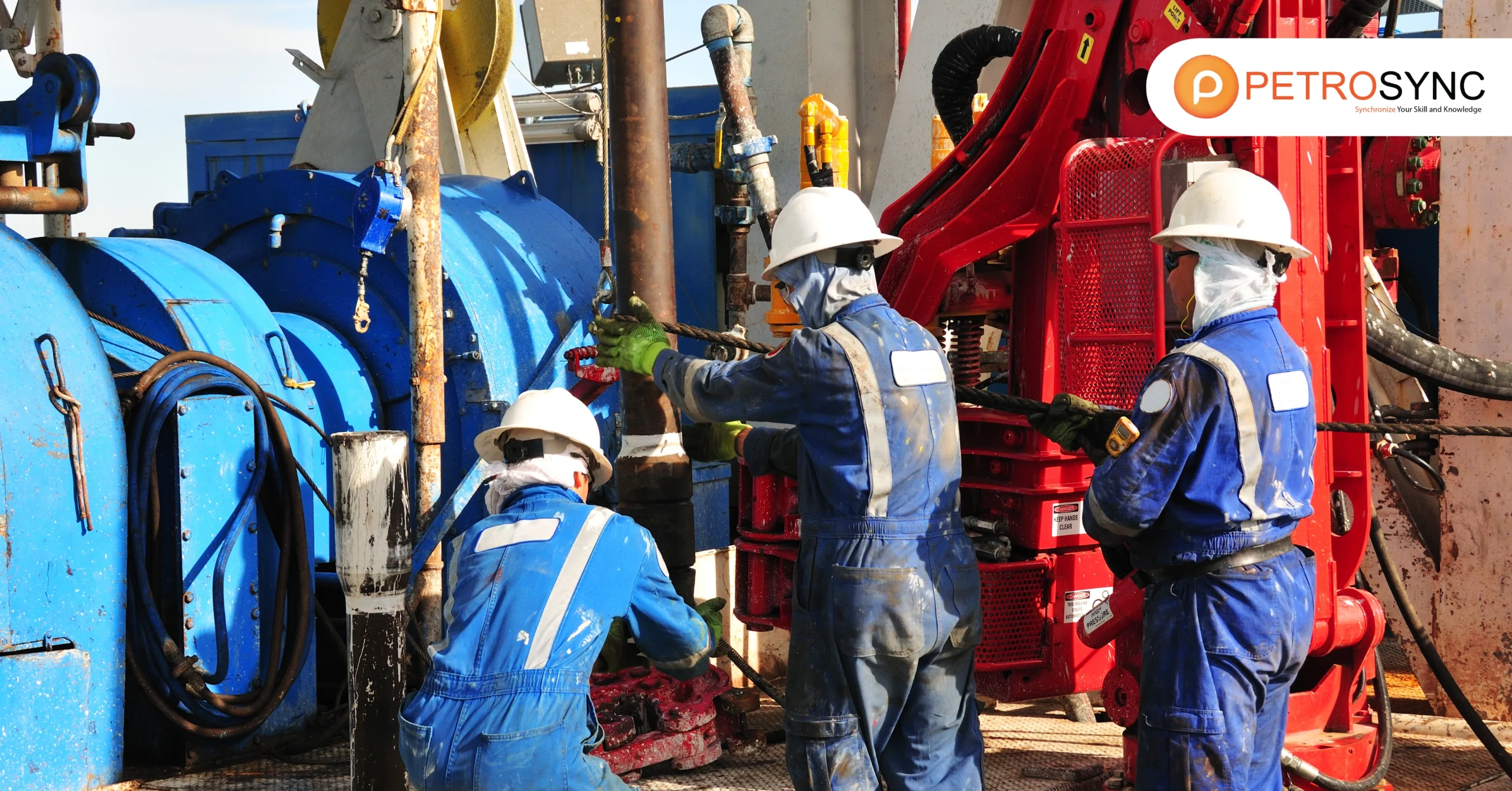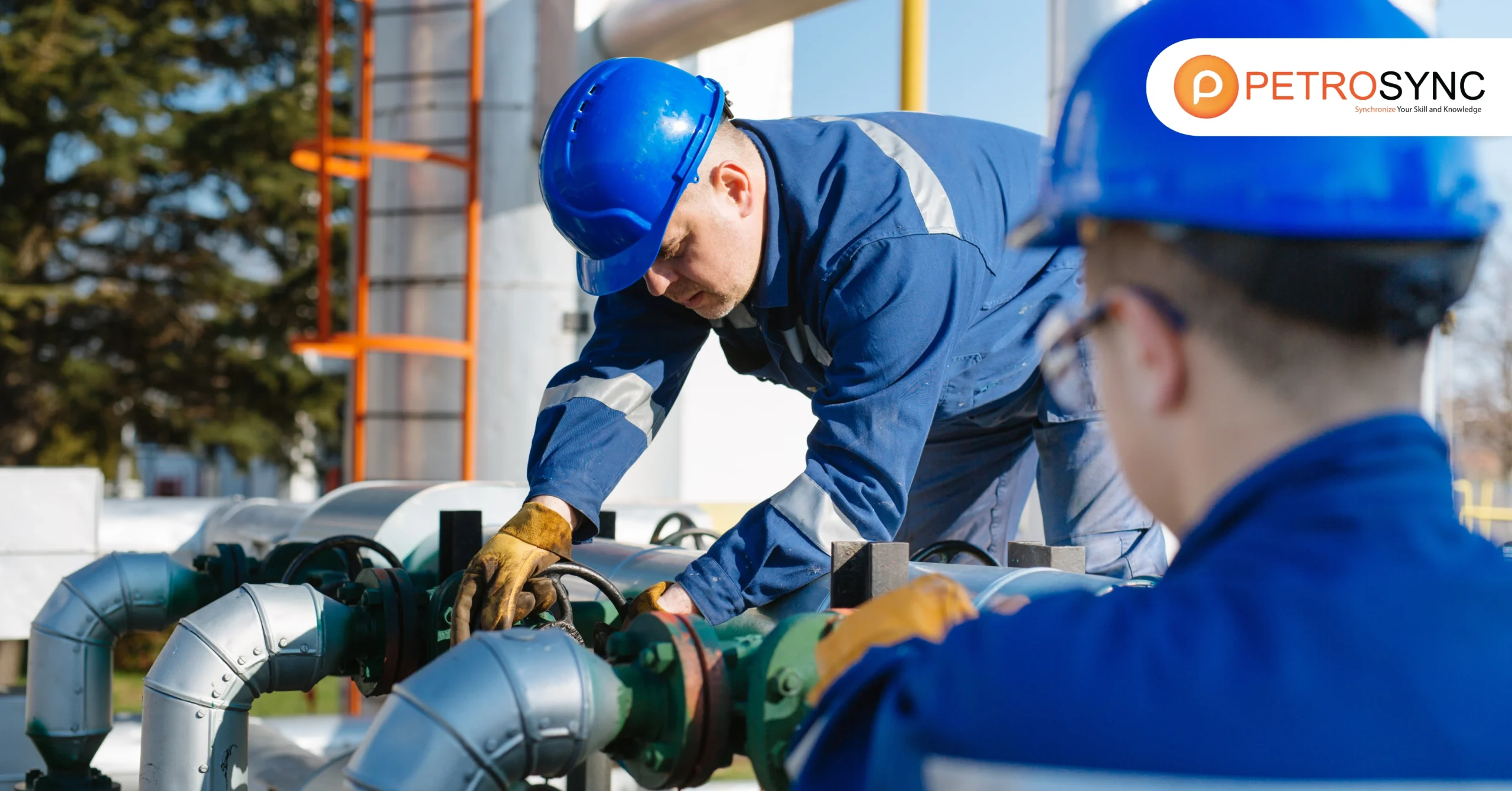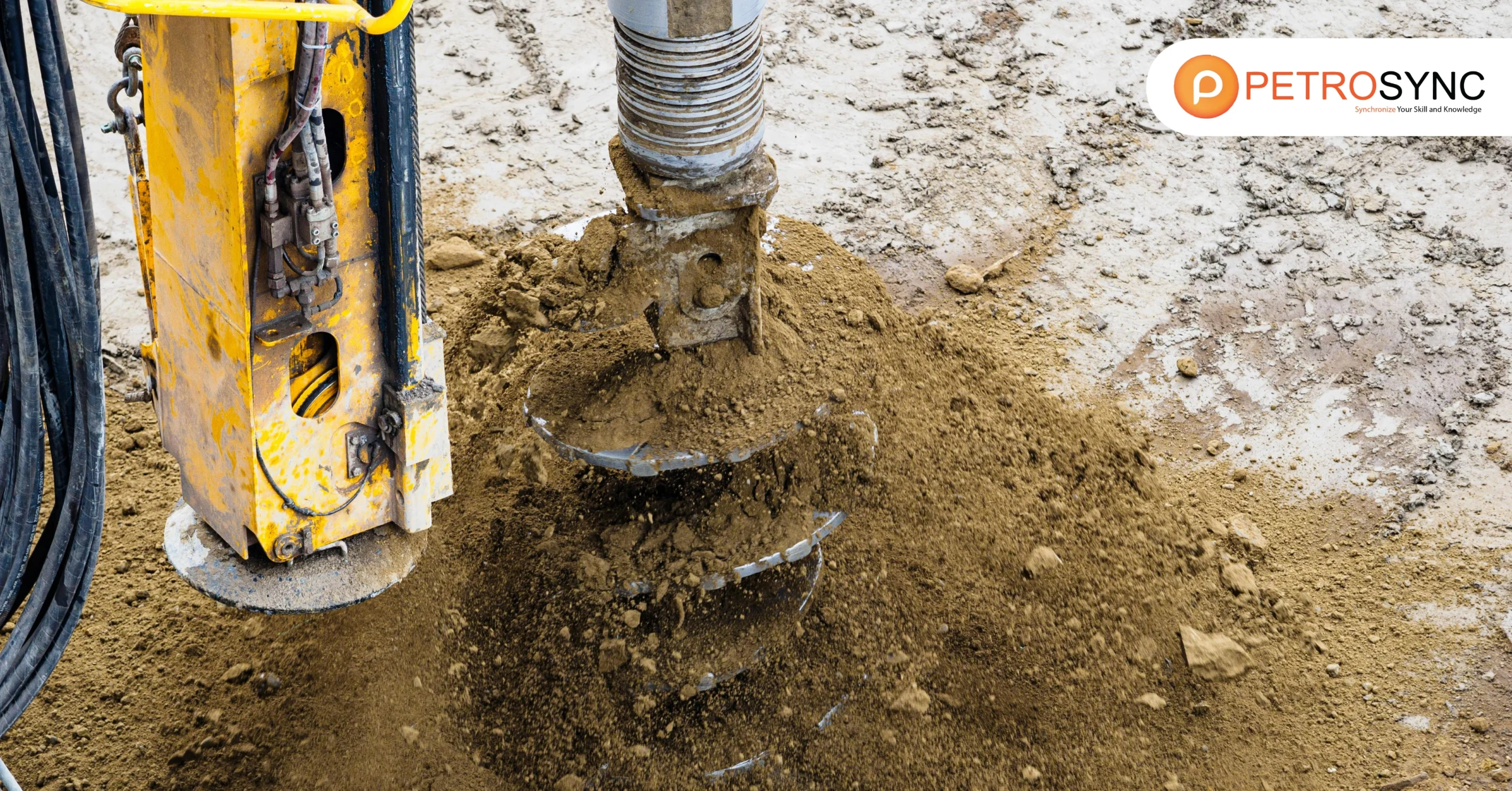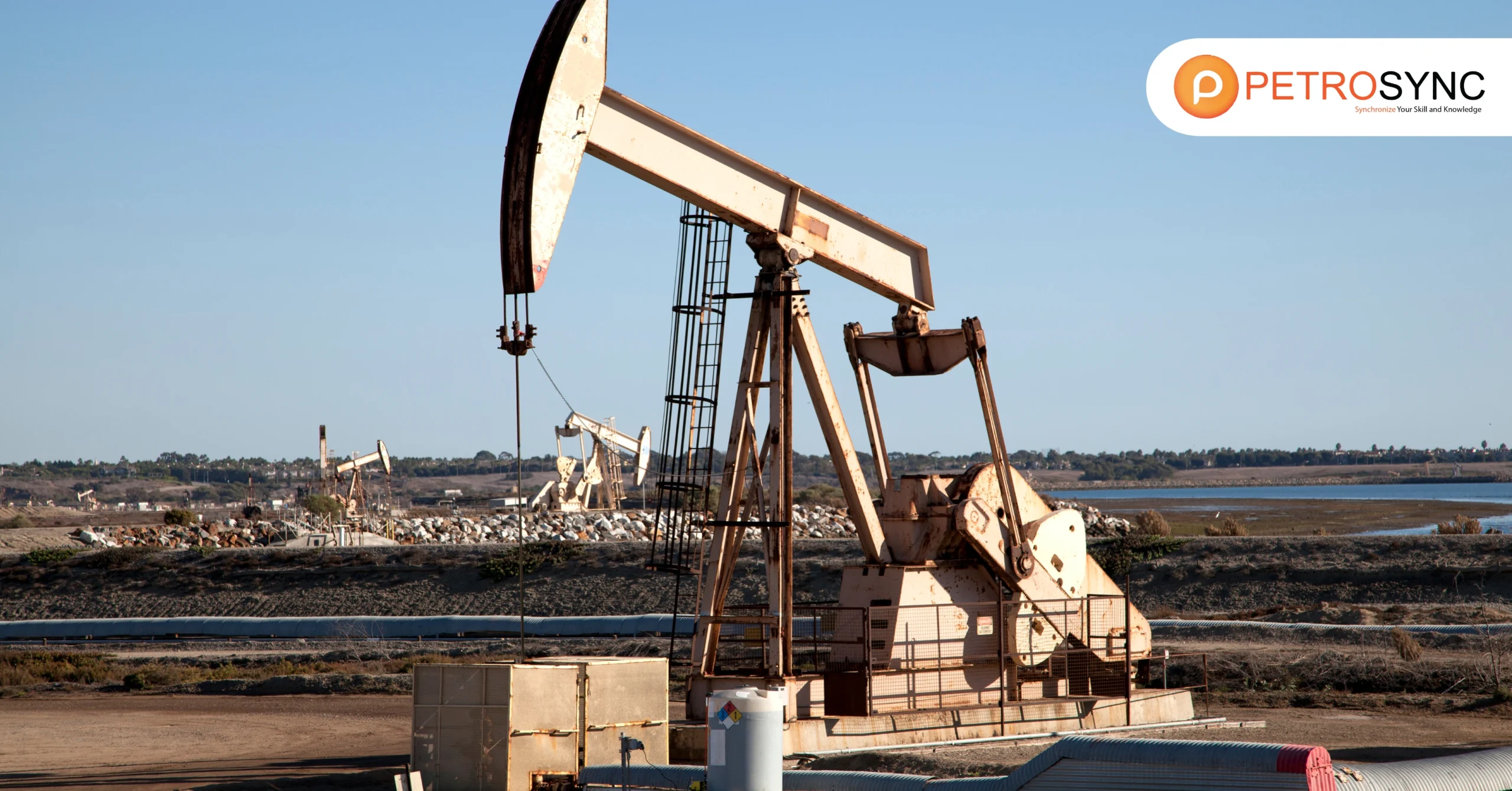In upstream activities, it’s crucial to grasp the foundational principles of well design. Well design serves as the plan for efficient resource extraction in the exploration and production of oil and gas. This vital aspect of drilling engineering involves careful planning to ensure optimal resource recovery, operational safety, and sustainability. In this article, we delve into the world of well design in upstream activity, unraveling its complexities, and exploring the fundamentals and considerations.
What Is Well Design?
Well design involves the careful planning and arrangement of various components and structures that make up a well, considering those features of the well environment that make up the conduit between the drilling rig and the reservoir.
Well design involves thoughtful consideration of factors such as the type of drilling equipment, the materials used, and the overall layout of the wellbore. The goal of well design is to create a structure that efficiently extracts resources from the subsurface, ensuring stability, safety, and optimal performance throughout its lifespan.
What Are Well Design Considerations?
Well design considerations encompass various factors carefully taken into account when planning and arranging the components of a well.
1. Well Costs
Well costs play a crucial role in well design because they directly impact the economic feasibility of drilling projects. The expenses associated with drilling, including equipment, materials, and labor, influence the overall financial investment in the well.
By carefully considering well costs in the design phase, engineers aim to optimize efficiency, ensuring that the well is designed in a way that maximizes resource extraction while keeping costs manageable. Balancing well costs with design considerations is essential for creating a financially viable and sustainable well.
2. Tubing and Completion Longevity
Tubing and completion longevity is vital in well design because these components directly impact the overall lifespan and performance of the well. The tubing serves as a conduit for extracting resources from the reservoir, and the completion encompasses the various tools and techniques used to finish the wellbore.
Ensuring the durability of tubing and completion elements is essential for maintaining the efficiency and integrity of the well over time. A well-designed system with durable tubing and completion components contributes to the prolonged and effective extraction of resources from the subsurface.
Further, keeping the cost of well design stays low can be done by ensuring the longevity or lifespan of the well and its completion components. Although it’s standard practice in the oil and gas industry to replace tubulars and well completions, having to do so frequently contradicts the idea of maintaining low costs.
If tubular and well components wear out quickly, it not only increases expenses due to frequent replacements but also interrupts the smooth operation of the well. Therefore, designing a well with durable tubing and completion elements is fundamental for cost-effectiveness, reducing the need for frequent changes and ensuring the well’s prolonged and efficient performance.
3. Well Simplicity and Reliability
The importance of well simplicity and reliability in well design lies in their direct impact on operational efficiency and maintenance. A well-designed system that is simple and reliable is easier to operate and maintain over its lifespan. Simplicity reduces the chances of complications and makes day-to-day management more straightforward.
4. Well Reliability
A reliable well design minimizes the risk of unexpected issues, ensuring a consistent and dependable performance.
a. Durability of The Equipment
Well reliability is crucial in well design because it ensures the durability of the equipment. Durable components withstand the harsh conditions of drilling and extraction, reducing the need for frequent repairs or replacements. This durability not only minimizes downtime but also contributes to the overall efficiency and longevity of the well.
b. The Flexibility of The Well to Handle Changing Reservoir Conditions
Another reason why well reliability is paramount in well design is its impact on the well’s flexibility to handle changing reservoir conditions. A reliable well design allows for adaptability, ensuring that the well can efficiently extract resources even when faced with variations in reservoir conditions. This adaptability is essential for maintaining consistent and optimal performance over time, regardless of any fluctuations in the subsurface environment.
4. Ability to Achieve All (or Most) of The Objectives of The Well
The consideration of the ability to achieve the objectives of the well in its design is vital because it directly impacts the success of the drilling project. A well-designed system aligns with the specific goals set for the well.
|
Objective |
Description |
| 1. Sand Control | For reservoirs made up of unconsolidated rock or prone to Fines Movement, sand control measures are crucial. This involves implementing techniques to prevent the movement of fine-grained materials within the rock, ensuring the stability of the wellbore and optimizing resource extraction. Sand screens, gravel packing, and chemical treatments are common methods employed. |
| 2. Zonal Isolation | Reservoirs with multiple zones require zonal isolation to independently control each zone. This allows for the selective shut-in of individual zones if needed. Zonal isolation prevents cross-flow between different reservoir zones, ensuring efficient reservoir management and enhancing overall well performance. Various tools, such as packers and cement, are used to achieve zonal isolation. |
| 3. Well Stimulation | In reservoirs with low permeability or susceptibility to well damage, well stimulation is essential. This involves techniques to enhance the productivity of the well by improving the flow of hydrocarbons. Methods like hydraulic fracturing or acid stimulation are employed to increase permeability and optimize reservoir contact, thereby maximizing resource recovery. |
| 4. Artificial Lift | For low-rate wells, artificial lift mechanisms are employed to enhance production. These mechanisms involve the use of equipment like pumps to lift fluids to the surface. Artificial lift is crucial for maintaining flow rates and optimizing the extraction of resources from wells with naturally declining production rates. |
Each of these objectives adds a layer of complexity to well design but is essential for addressing specific challenges and optimizing the overall performance of the well.
The purpose of well design in upstream activities is to plan and arrange the components of a well in a way that ensures effective and efficient extraction of natural resources, such as oil and gas, from beneath the Earth’s surface.
Well design involves careful consideration of factors like the type of drilling equipment, the materials used, and the overall layout of the wellbore. By creating a well-designed system, upstream activities can achieve objectives such as maximizing resource recovery, ensuring operational safety, and optimizing overall well performance.
You can enhance your understanding of well design by enrolling in the Applied Drilling Well Engineering Training offered by PetroSync. This comprehensive training program provides valuable insights into the intricacies of well design, covering essential aspects such as equipment selection, reservoir management, and operational optimization. Through this training, you will gain practical knowledge from industry experts, equipping you with the skills to contribute effectively to upstream activities.
Credit header image: iStock

SEO specialist by day, fact-checker by night. An avid reader and content writer dedicated to delivering accurate and engaging articles through research and credible sources.






